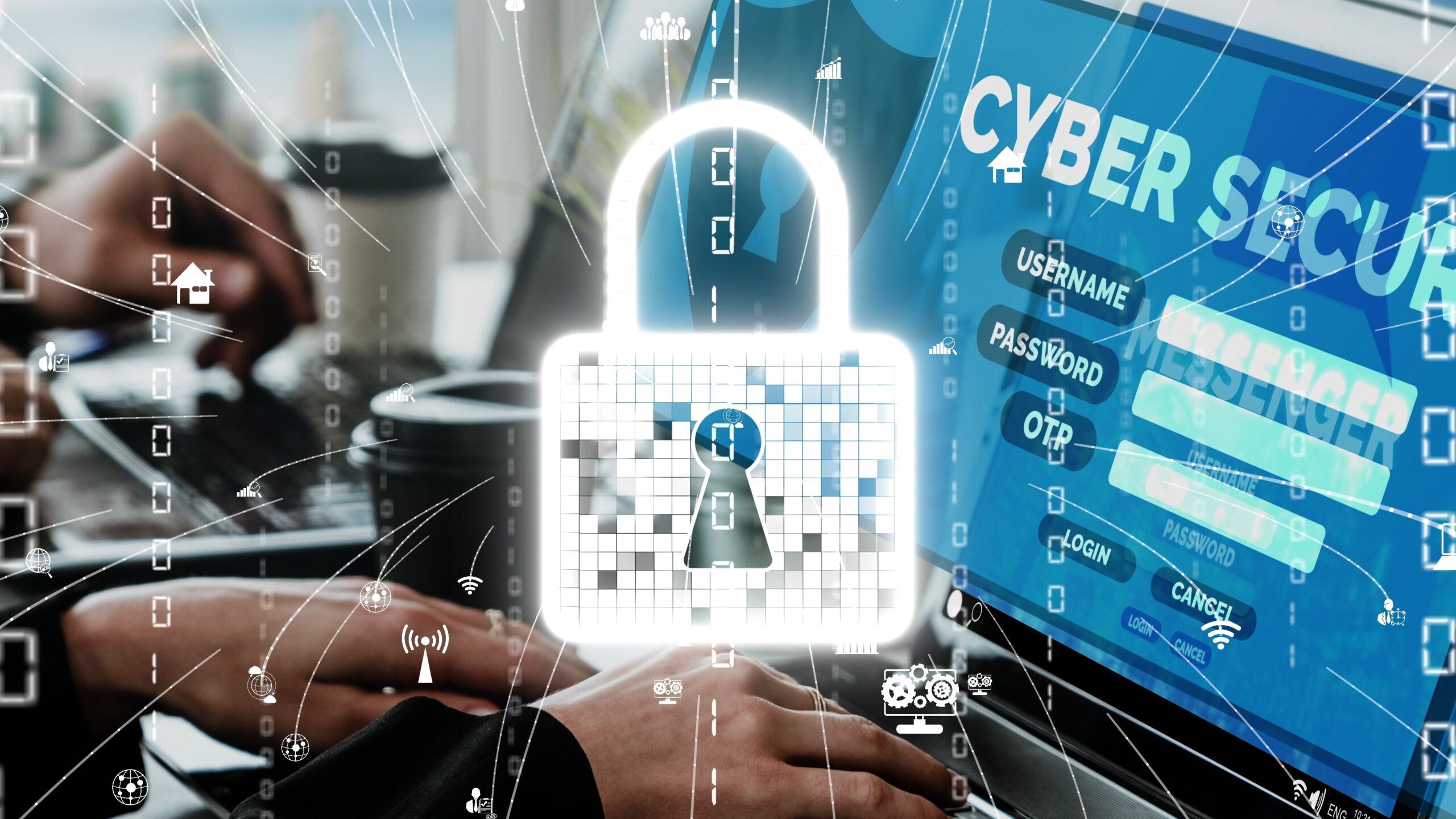
The Essential Information Regarding the Rackspace Ransom-ware Attack
November 18, 2023
Five Cybersecurity Trends Forecasted by Cybersixgill for 2024
November 21, 2023Russian hackers have been using WinRAR and Ngrok exploits together to perform targeted cyberattacks against different embassies. The application of these advanced methodologies underscores the dynamic nature of cyber hazards and the necessity of intensified cybersecurity protocols.
Developing safe tunnels to local servers is the purpose of the well-known open-source program Ngrok. Which enables developers to expose their locally hosted services to the internet. Ngrok is a useful tool for developers. Because it allows hackers to route traffic through their servers. It has also become a go-to tool for hackers looking to hide their activity.
This security scenario is further compounded by the WinRAR exploit. When consumers accessed specially created archives, WinRAR, a popular file compression tool, had a vulnerability that let attackers run malicious code. Despite the fact that WinRAR patched this vulnerability, the event emphasizes how crucial it is to update software on a regular basis in order to reduce security threats.
Hackers can create hidden channels by combining the Ngrok and WinRAR flaws. Which makes it difficult for security measures to identify and stop their activity. By using this strategy, they can potentially obtain illegal access to sensitive data by infiltrating embassy networks.
Experts in security stress how vital embassy networks are to the handling of sensitive information, classified documents, and diplomatic correspondence. Significant hazards to both international relations and national security arise from the hacking of such networks.
Governments and institutions are urged to strengthen their cybersecurity policies, with a focus on the following crucial actions:
- Frequent Software Upgrades: To seal potential holes, security patches and upgrades must be installed on time for all software, including operating systems and apps.
- Network monitoring: By keeping an eye on network behavior and traffic, anomalies that can point to a cyber-intrusion can be found. To improve network security, intrusion detection and prevention solutions ought to be implemented.
- Employee Education: Programs that raise understanding of cybersecurity issues can enable embassy workers to identify and report suspicious activity. One way to lessen the chance of falling for social engineering techniques is to use phishing simulations and other training techniques.
- Endpoint Security: Protecting individual devices from malware and other dangerous actions can be achieved by using strong endpoint security solutions.
- Plans for Reaction to Events: In the case of a cyberattack, having clearly defined incident response protocols in place guarantees a prompt and organized reaction. This entails putting repair procedures in place, conducting forensics, and isolating the impacted systems.
The recent cyber-attacks on embassies serve as a sobering reminder of how constantly changing cyber threats are and how important it is to be vigilant. In an increasingly linked world, governments and organizations need to give cybersecurity top priority. In order to secure sensitive data, defend national interests, and uphold the integrity of diplomatic ties.





